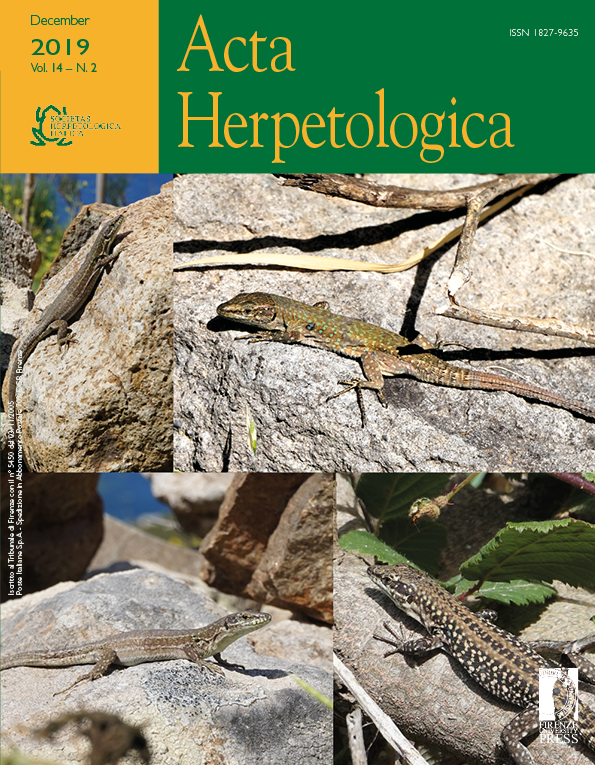AT-rich microsatellite loci development for Fejervarya multistriata by Illumina HiSeq sequencing
Published 2019-12-27
Keywords
- Fejervarya multistriata,
- genome,
- microsatellite,
- next-generation sequencing,
- polymorphism
How to Cite
Abstract
In our study, a total of 2561 sequences that contained microsatellite loci were found potentially to be used for primer design. Furthermore, Illumina HiSeq sequencing technology identified trinucleotide repeats and AT-rich repeats with the the highest proportion in our genomic DNA sequence library of Fejervarya multistriata. Eighteen new microsatellite loci of F. multistriata were isolated and we characterize these loci genotyping 48 individuals sampled from 3 populations in Lishui City, Zhejiang Province, China. Seventeen loci were polymorphic, with the number of alleles ranging from 2 to 11 within each population. The polymorphic information content, observed and expected heterozygosity ranged 0-0.845, 0-1.0 and 0-0.871, respectively. None of the loci was observed in linkage disequilibrium. One locus (FMA294) was deviated from Hardy-Winberg equilibrium in each population separately and combined. These informative microsatellite loci will be applicable for conservation genetic studies of F. multistriata across varying scales from inter-individual to inter-population.






